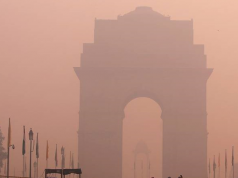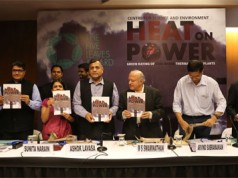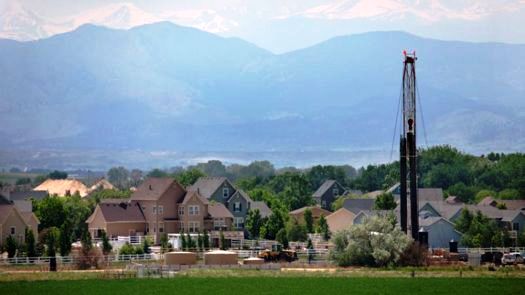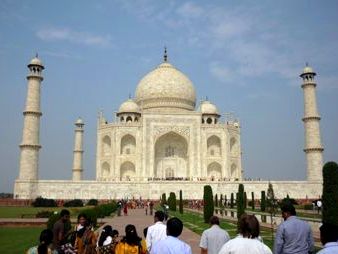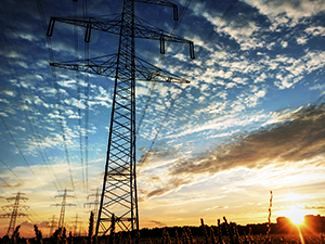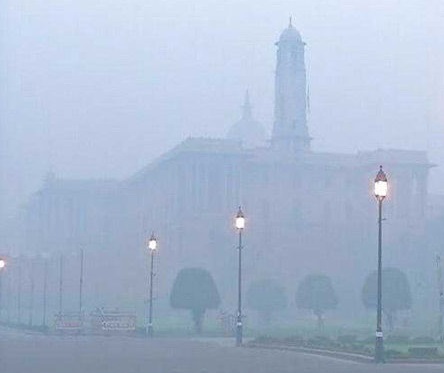
New Delhi (CSE) – An analysis by Centre for Science and Environment (CSE) has shown that despite the cracker ban, air pollution levels breached the emergency standards on Diwali night. But it is also clear that without the ban on sale of firecrackers, the levels would have been far worse. Calm wind and more moisture in the air on the post-Diwali morning worsened the pollution build-up.
Releasing the analysis, Anumita Roychowdhury, Executive Director- Research and Advocacy, CSE, said: “It is clear that the Delhi-NCR region requires a longer term and systemic action than a one-off ban. The Supreme Court has already ordered a phase down strategy with the help of regulation of chemicals, standards, reduced quantum of crackers, controlled bursting of crackers through community events, locational controls etc. This must be implemented without delay for a longer term solution to the problem.”
“Delhi and NCR cannot continue to remain on emergency mode all the time to address this public health crisis. This demands longer term strategy to control pollution from continuous sources, including motor vehicles and industry, while curbing episodic pollution from firecrackers and farm fires. A comprehensive action plan must combine short and long term strategies for vehicles, industry, waste burning and construction activities for more sustained and longer term gains,“ she added.
The key highlights of the air quality analysis are as follows:
CSE tracked hourly data from about 13 air quality monitoring stations of the Central Pollution Control Board, Delhi Pollution Control Committee and India Meteorological Department to track the changes in air quality during Diwali. The findings are indicative as this analysis faced data quality challenges. For instance, the Mandir Marg station is showing a constant reading from 12 pm onwards. Siri Fort, on the other hand, has stopped giving data since yesterday. Punjabi Bagh and ITO have stopped giving data since 12 pm, while data for R K Puram is not available from midnight to 3 am in the morning. Also data for Faridabad is not available since 10 pm of October 19. Moreover, direct comparison with 2016 Diwali has been difficult as data from all stations are not available for both the years. Here are some key highlights:
Hits emergency level: Despite the cracker ban the 24-hour average level of PM2.5 during Diwali and the morning after (12 pm – 12 pm, October 19-20) has been 397 microgramme per cubic metre (mg / cu m). This is 6.6 time higher than the standards and are at emergency level. This is more than two times higher than the levels during pre-Diwali day when the 24 hour average was 184 microgramme per cu m.
Direct comparison with 2016 Diwali has not been possible due to lack of data from all comparable monitoring stations.
Pre-Diwali level this year much cleaner than previous year: This year pre-Diwali pollution has been lower than the pre-Diwali pollution of 2016. Last year the pre-Diwali pollution had already hit the severe level (4.9 times the standard) whereas this year it remained within very poor category (2.9 times higher than the standard). Other steps including closure of Badarpur Power Station and conventional brick kilns and stronger action on trucks etc as part of the graded response action plan contributed to this trend.
Night time pollution three to four times higher than day time pollution in Delhi and NCR town: Night time pollution in Delhi and NCR towns has been three to four times higher than the day time pollution on Diwali day. During the day (about 13 hour average – 6 am to 7 pm) the levels in Delhi and NCR town of Gurugram and Gaziabad were in very poor category (Delhi – 139 microgramme per cu m; Gurugram -121 microgramme per cu m; and Gaziabad -142 microgramme per cu m). However, during Diwali night (about 12 hour average – 7PM to 7AM) the levels in Delhi, Gurugram and Gaziabad were in emergency level. (Delhi- 548 microgramm per cu m; Gurugram – 382 microgramme per cu m; Gaziabad – 501 microgramem per cu m).
SO2 levels increased dramatically during the night of Diwali (10pm- 3am): The SO2 levels that otherwise remain very low in the region increased by more than three times in several locations including RK Puram, Shadipur and Punjabi Bagh. During pre-Diwali (October 17-18) the SO2 levels in Delhi were less than 50 microgramme per cum. But on Diwali night the hourly levels increased alarmingly to 183 microgramme per cum. This is a direct indicator of impact of Diwali crackers.
The emergency condition has prevailed until 10am on October 20: The levels have started to decrease thereafter but are still in ‘severe’ category. Many stations have observed peaking of pollution i.e., Shadipur, DTU, Dwarka, Lodhi road, RK Puram, North campus, CRRI Mathura road where the hourly levels have stayed above the mark of 500-1100 microgramme per cum between 12am to 6am.
Overall, since October 1, PM2.5 levels have remained at poor level until October 7. Thereafter, it increased to very poor category. This also coincides with the starting of farm fires. However, on Diwali night and the morning after the region has experienced severe and emergency level.

